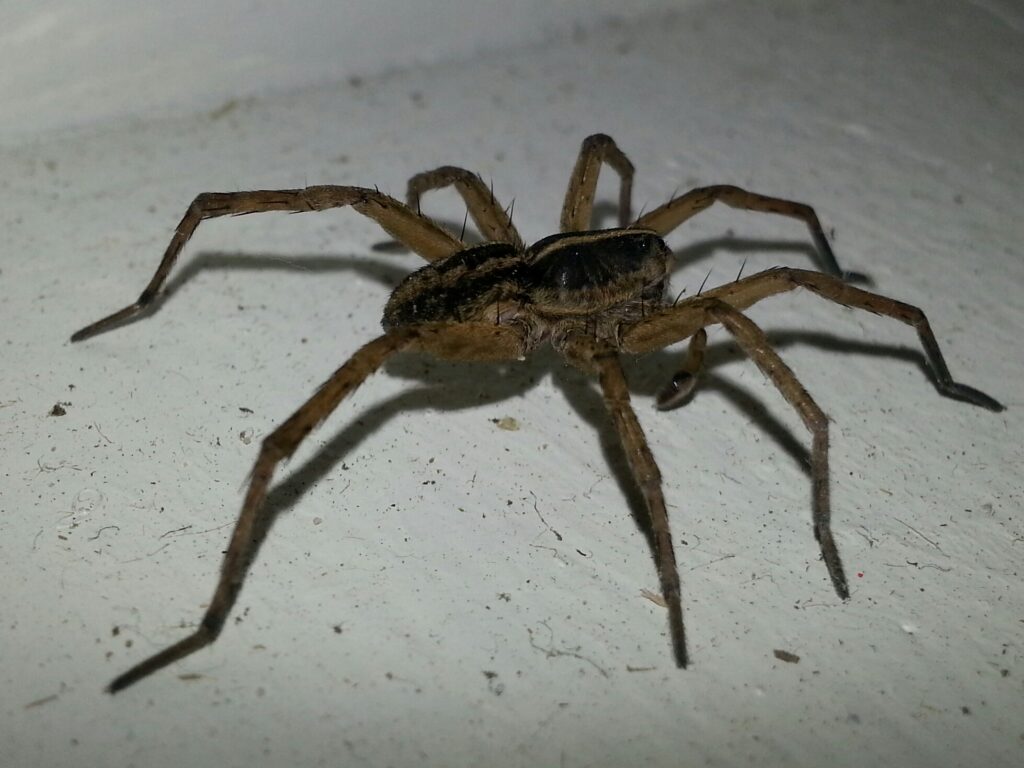 As summer arrives, ticks become more active, disrupting your peaceful vacation. Our talk will give you info on these pests, where they are, and how to deal with them. Ticks might seem small but carry dangerous diseases. Preventing an infestation is crucial.
Knowledge is the first step towards effective pest prevention. While DIY efforts might seem tempting, an effective pest control strategy requires a certain level of expertise and precision in execution. Besides treating a current issue, professional help can act as a strong preventive measure in your home.
In the upcoming sections, the benefits of acquiring the services of our tick control veteran will be elucidated and the reasons why we stand out as a distinctive solution for pest removal will be highlighted.
As summer arrives, ticks become more active, disrupting your peaceful vacation. Our talk will give you info on these pests, where they are, and how to deal with them. Ticks might seem small but carry dangerous diseases. Preventing an infestation is crucial.
Knowledge is the first step towards effective pest prevention. While DIY efforts might seem tempting, an effective pest control strategy requires a certain level of expertise and precision in execution. Besides treating a current issue, professional help can act as a strong preventive measure in your home.
In the upcoming sections, the benefits of acquiring the services of our tick control veteran will be elucidated and the reasons why we stand out as a distinctive solution for pest removal will be highlighted.
What are the Key Characteristics of Ticks and Their Eggs?
Arachnids, commonly known as ticks, are small creatures posing a significant health risk to the family, especially during summer. It's crucial to understand what ticks look like not only to keep your family protected but also to seek effective pest removal methods in the face of an infestation.- What do ticks look like? Ticks have a flattened oval shape and are commonly brown or black. However, they can change colour to a grayish-blue or reddish-brown after feeding.
- These creatures are minute, often measuring between 1mm to 1cm. They are tough to spot, bolstering their capacity to pose a health risk.
- Although they may seem spider-like, their bodies are undivided, contrary to spiders, whose bodies have two parts. Their eight legs also help in identifying them as part of the arachnid family.
- Ticks' mouthparts are visibly extended from their heads and shaped like harpoons to help them latch onto hosts and feed on their blood.
- Tick eggs, on the other hand, are tiny, pearl-like, and typically laid in protected areas such as tall grass and leaf litter. Their size makes them difficult to spot, enhancing their danger potential.
Common Areas to Find Ticks in Your Home or Yard
Fear not, being well-informed about typical areas where these biting critters settle can go a long way in helping you safeguard your household from a potential infestation. Below, you'll find a quick list of popular tick hotspots within your household and yard:- Vegetation: Ticks latch onto tall grass, brushes, and leaves awaiting their unsuspecting host.
- Wooded or Bushy Areas: These creatures thrive in areas with dense vegetation, such as woods or bushy zones. Always double-check after a stroll in such locales.
- Near the Patio or Deck: You could come across one of these critters near patios or decks, especially if they're located adjacent to dense vegetation.
- Garden: Gardens, particularly ones with compost heaps or piles of leaves, might serve as habitats for these pests.
What are the Signs of a Tick Infestation?
Maintaining awareness is key to protecting your home from the dangers of tick infestations. Recognizing the signs early is critical for taking prompt action to mitigate risks before they worsen. Key indicators of a tick presence include unexplained health symptoms such as fever, fatigue, and muscle or joint pains in family members or pets, which could hint at tick involvement. Finding ticks attached to the skin is another significant warning sign, as these pests are known to latch on to feed on blood, often going unnoticed for some time. Additionally, spotting ticks or their eggs within the household, especially in areas like bedding or furniture, demands immediate attention. Tick eggs appear as small, light-coloured dotted clusters, serving as another clear indication of an infestation. Early detection is vital for preventing more severe problems down the line. Especially during summer, when tick activity peaks, vigilance is essential for the health and safety of your family. Should any signs of ticks emerge, contacting a professional pest removal service is advised to address the issue promptly and effectively.
What are the Most Effective Prevention and Control Methods for Ticks?
The prospect of encountering ticks can be unsettling, especially during the warmer season. However, through diligent prevention and control measures, you can ensure to safeguard your loved ones this sunny season. Let's delve into the various methods to keep these small, parasitic dangers at bay:- Use Tick Repellents: Applying tick repellents on skin and clothing before heading outdoors reduces the chance of bringing these pests indoors. Look for products with DEET, Picaridin, or IR3535. Remember to follow the instructions for safe use.
- Perform Regular Check-Ups: Regular tick check-ups are crucial, especially after spending time outdoors in grassy or wooded areas. Pay close attention to underarms, behind knees, around the waist, and hair as ticks prefer moist and hidden areas.
- Care For Your Pets: Treat your pets for ticks, particularly if they spend a lot of time outdoors. Regularly inspect their fur and use tick-prevention products as recommended by your vet.
- Clean and Clear Your Surroundings: Maintain cleanliness in your yard to prevent the pests from finding a suitable living condition. Clear debris, trim bushes and grass, and remove any stagnant water sources.
- Seek Professional Help: If the infestation persists, consider professional pest removal services. They provide extensive treatment plans and prevention measures to keep your premises free of parasites.
What are the Benefits of Hiring Our Pest Control Experts for Tick Removal and Prevention?
As we head into the warmer months, the importance of professional pest control, especially for ticks, becomes clearer. Despite your best efforts with precautions, the risk of these tiny creatures remains. Professional management offers several key benefits:- Comprehensive Prevention: A professional pest control team is equipped with the latest methods and tools to target ticks at every stage of their life cycle, reducing the risk of potential health hazards.
- Evidence-Based Treatment: Pest removal firms rely on evidence-based treatment strategies. They customize their approach based on the extent of the issue, ensuring a sustained, efficient resolution.
- Follow-Up and Monitoring: Unlike DIY attempts at eradication, engaging professionals guarantees regular follow-up visits and ongoing monitoring, ensuring the effectiveness of their work and your peace of mind.
- Professional Guidance: The experts offer insightful guidance on how to minimize the likelihood of future infestations by modifying certain risk factors around the home or yard.

